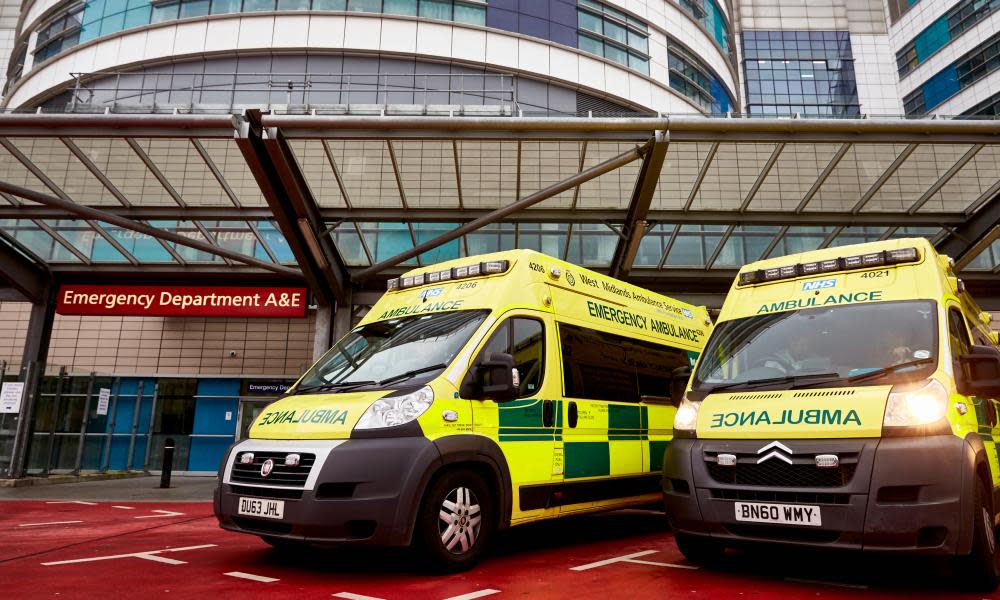Fears that seriously ill people are avoiding A&E as numbers drop

The number of people going to A&E has dropped dramatically in England, prompting concerns that the seriously ill may be staying away because of the coronavirus crisis.
Data from the Royal College of Emergency Medicine, which collects figures from 50 trusts in England, shows there were 75,065 emergency attendances this week, down from 95,876 the previous week – a drop of 20,811 patients (21.71%).
Last week saw a fall of 7,563 patients, or 7.31%, on the week before that.
Dr Katherine Henderson, president of the Royal College of Emergency Medicine, said patients with health problems should not stay away because of concerns around coronavirus.
She said: “If patients are staying away for fear of being a burden on the system, but do have a genuine health problem, they absolutely should still go to their emergency department.”
Dr Nick Scriven, a specialist in urgent conditions and a former president of the Society for Acute Medicine, said that, contrary to what would be expected for a time when people were off work, he had not seen a rise in DIY or gardening injuries.
He said: “The biggest fear is people sitting at home ill and not attending A&E as they are frightened to. I know that as Covid attendances go up, non-Covid attendances die down. There is a concern about people feeling sick at home or having a heart attack and not coming to hospital as they are frightened.”
Scriven said that while there were currently fewer coronavirus cases in Yorkshire – where he works – than in places such as London, “we have seen a few sick young people just sitting at home for five or six days getting worse and worse”. He said they were experiencing “an eerie calm before a major storm”.
On Friday the NHS said a further 168 people in England who had tested positive for Covid-19 had died, bringing the total number of deaths to 689. The patients were aged between 29 and 98 years old and all but four – aged between 82 and 91 – had underlying health conditions.


